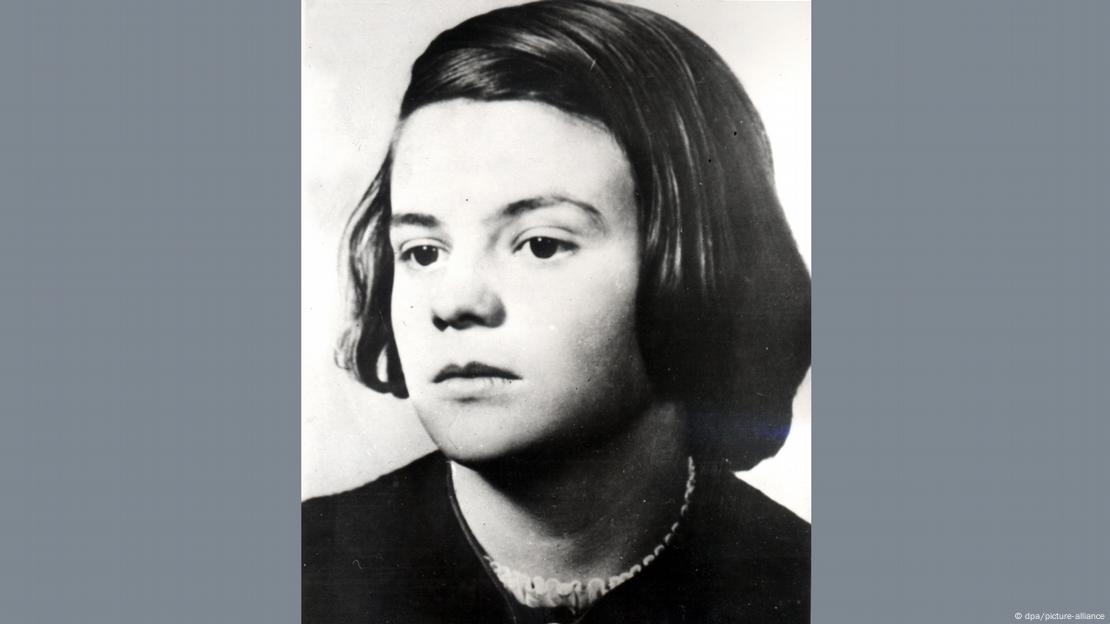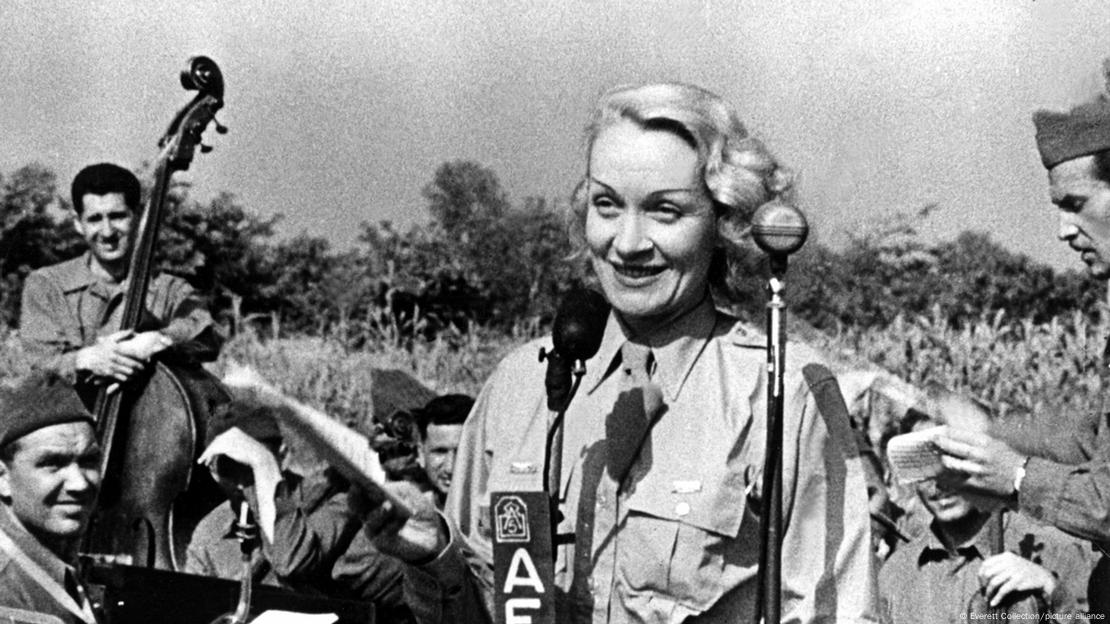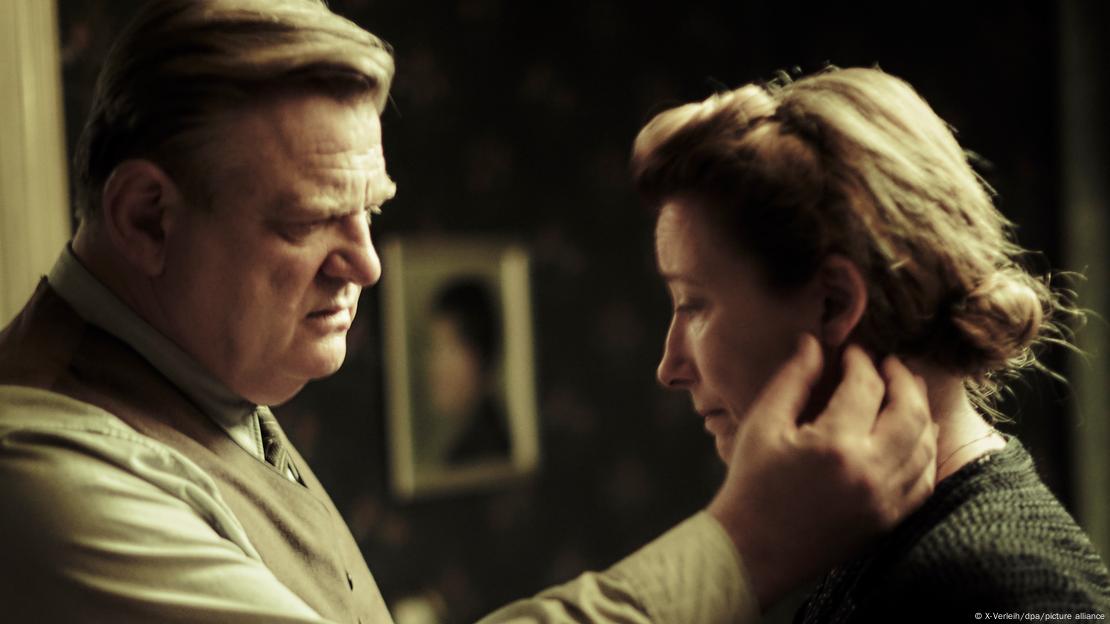DW
July 12, 2024
Opposing the Nazis was dangerous, but that did not stop some brave and committed women, whose actions offer timeless lessons on defiance against tyranny.
Opposing the Nazis was dangerous, but that did not stop some brave and committed women, whose actions offer timeless lessons on defiance against tyranny.
The women who actively resisted the Nazi regime came from a variety of religious, political and class backgrounds
Image: Gedenkstätte Deutscher Widerstand
During the Third Reich, numerous attempts were made to assassinate the Nazi leader, Adolf Hitler. The most well-known was the one which took place on July 20, 1944 and was part of a plot called Operation Valkyrie.
More than 200 people were involved, chiefly the German army officer Claus Schenk Graf von Stauffenberg. But along with him and his fellow military officers, civilian women were also involved, such as Erika von Tresckow, the wife of Henning von Tresckow, who had a major role in the plot. She supported the plans by delivering messages to coordinate military and civilian resistance groups as well as by helping to type up clean copies of the draft commands for Operation Valkyrie.
When the assassination plot failed, Henning von Tresckow died by suicide. Erika was later arrested by the Gestapo, but successfully feigned having no knowledge of the plans and was later released.
During the Third Reich, numerous attempts were made to assassinate the Nazi leader, Adolf Hitler. The most well-known was the one which took place on July 20, 1944 and was part of a plot called Operation Valkyrie.
More than 200 people were involved, chiefly the German army officer Claus Schenk Graf von Stauffenberg. But along with him and his fellow military officers, civilian women were also involved, such as Erika von Tresckow, the wife of Henning von Tresckow, who had a major role in the plot. She supported the plans by delivering messages to coordinate military and civilian resistance groups as well as by helping to type up clean copies of the draft commands for Operation Valkyrie.
When the assassination plot failed, Henning von Tresckow died by suicide. Erika was later arrested by the Gestapo, but successfully feigned having no knowledge of the plans and was later released.

A memorial to Henning and Erika von Tresckow, who were involved in a plot to assassinate Hitler
Image: imago images/Martin Müller
Resistance for many reasons
Erika von Tresckow is one of 260 women whose stories are currently being told at Berlin's German Resistance Memorial Center in the special exhibition "Women in Resistance Against National Socialism." It's the result of years of special research, funded by the German Bundestag, into the role of women in anti-Nazi activities during the Third Reich.

Helene Jacobs and Gertrud Luckner were committed Christians who helped Jews by hiding them or helping them leave Germany
Gedenkstätte Deutscher Widerstand
The stories illustrate various forms of resistance, said Johannes Tuchel, director of the Memorial Center. "That ranges from women who went into exile, to Christians, social democrats, socialists, but also members of the Swing Youth," he explains, referring with the last term to young people who were fans of the jazz music style called swing, discouraged by the Nazis in part because of its Black and Jewish American roots.
Refusing to march in lockstep
Tuchel said the Swing Youth represented "an alternative lifestyle, and from there it is only a small step to 'deviant' behavior and something that's in opposition to the National Socialist undertaking." He paraphrases the late German jazz musician and Holocaust survivor Coco Schumann: "Someone who has listened to swing can't march in lockstep."
The women who refused to march in lockstep also included communists, anarchists, Jews, Jehovah's Witnesses and lesbians. All of them felt compelled to fight fascism, in many cases because their sheer existence was in opposition to Nazi ideology.

The stories illustrate various forms of resistance, said Johannes Tuchel, director of the Memorial Center. "That ranges from women who went into exile, to Christians, social democrats, socialists, but also members of the Swing Youth," he explains, referring with the last term to young people who were fans of the jazz music style called swing, discouraged by the Nazis in part because of its Black and Jewish American roots.
Refusing to march in lockstep
Tuchel said the Swing Youth represented "an alternative lifestyle, and from there it is only a small step to 'deviant' behavior and something that's in opposition to the National Socialist undertaking." He paraphrases the late German jazz musician and Holocaust survivor Coco Schumann: "Someone who has listened to swing can't march in lockstep."
The women who refused to march in lockstep also included communists, anarchists, Jews, Jehovah's Witnesses and lesbians. All of them felt compelled to fight fascism, in many cases because their sheer existence was in opposition to Nazi ideology.

Sophie Scholl was a co-founder of the resistance group The White Rose
Image: dpa/picture-alliance
Leaflets, postcards and propaganda
Some of the names and stories collected may be familiar. "An exhibition about women in the resistance cannot omit the name of Sophie Scholl," says Johannes Tuchel, referring to the one female member of the inner circle of the student resistance movement The White Rose, who was executed at the age of 21 for distributing anti-Nazi leaflets.
Another famous name is Marlene Dietrich, the film star who had left Germany for Hollywood before the Nazis came to power. Once the US joined the war against Nazi Germany, she used the symbolic power of her celebrity by performing for US troops and German prisoners of war in North Africa, Italy, France, Belgium and Germany — and participating in propaganda efforts aimed at lowering morale among the German civilian and military populations.

German Hollywood film star Marlene Dietrich entertained US troops during World War II
Image: Everett Collection/picture alliance
Some names are less known, but their stories have inspired writers and filmmakers. Erich Maria Remarque, author of the Nazi-banned anti-war novel "All Quiet on the Western Front," dedicated his 1952 novel "Spark of Life" to his youngest sister, Elfriede Scholz, who was arrested and executed for openly criticizing the war. She had described German soldiers as "beasts for the slaughter" and wished Hitler were dead.
Elise Hampel and her husband, Otto, tried to stir up anti-Nazi sentiments with nearly 300 handwritten postcards they dropped in mailboxes or stairwells in Berlin after Elise's brother was killed in action. They were also executed. Their story inspired Hans Fallada's 1947 novel "Alone in Berlin," which has gained popularity in recent decades and been adapted for the screen five times.

Brendan Gleeson and Emma Thompson starred in a 2016 adaptation of "Alone in Berlin"
Image: X-Verleih/dpa/picture alliance
Increased criticism — and persecution
The Hampels, Scholz and Scholl were all executed in 1943. Tuchel says that was the year persecution of women who resisted the regime intensified, and convictions that previously might have resulted in a six-month prison sentence were then made punishable by death. And, he adds, it was around that time that resistance activities by women increased.
"You have a society almost entirely absent of men in Germany during the war years," he said, with about 8 million men serving in the military by 1944. "Which means that women also took up positions that until then only men had occupied in everyday life: the double burden of factory work, caring for the children and the family, still old role models at that time, but at the same time, [there was] a growing willingness to critically examine things."

Judith Auer was among the women executed by the Nazis for their resistance activities
Image: Gedenkstätte Deutscher Widerstand
The regime feared dissent on the home front, so "the reaction to women making critical statements was very harsh. ... It was no longer considered telling a joke and therefore considered malice, but rather, from 1943 onwards, this was known as 'demoralizing the troops,' and one of the possibilities was the death penalty."
Tuchel said the resistance efforts had lessons for people today: "It is possible to do something against dictatorships. Yes, it is risky, but it does not mean we have to resign ourselves to political tides of whatever kind, whatever totalitarian challenge; rather, we can do something."

No comments:
Post a Comment